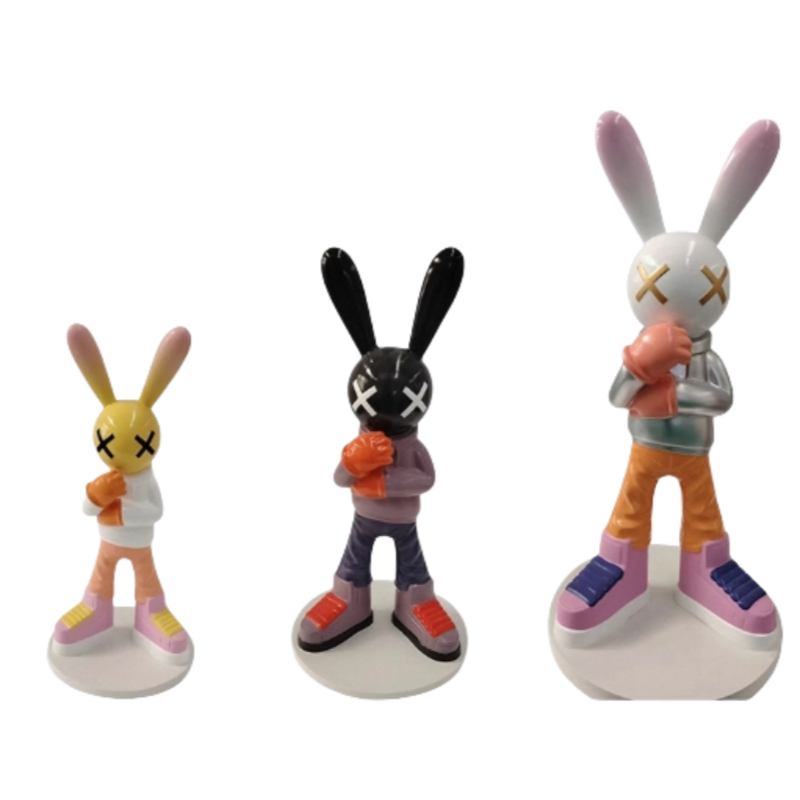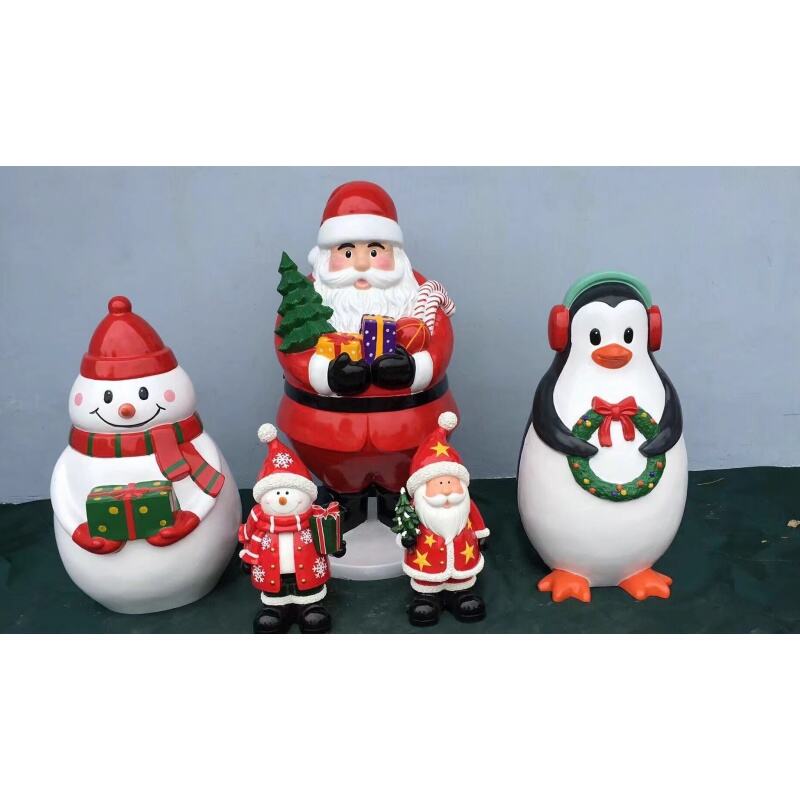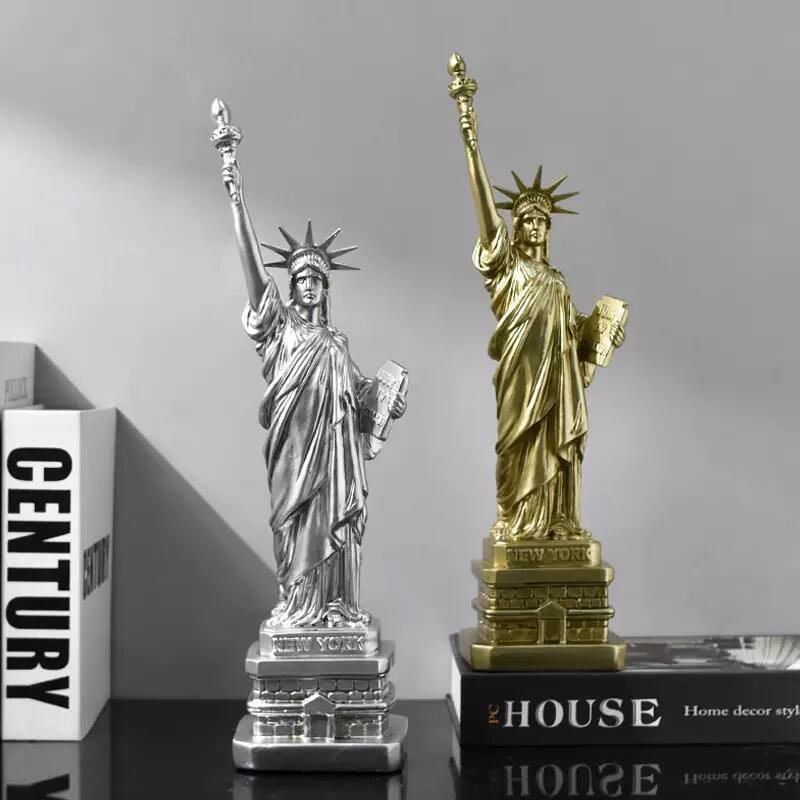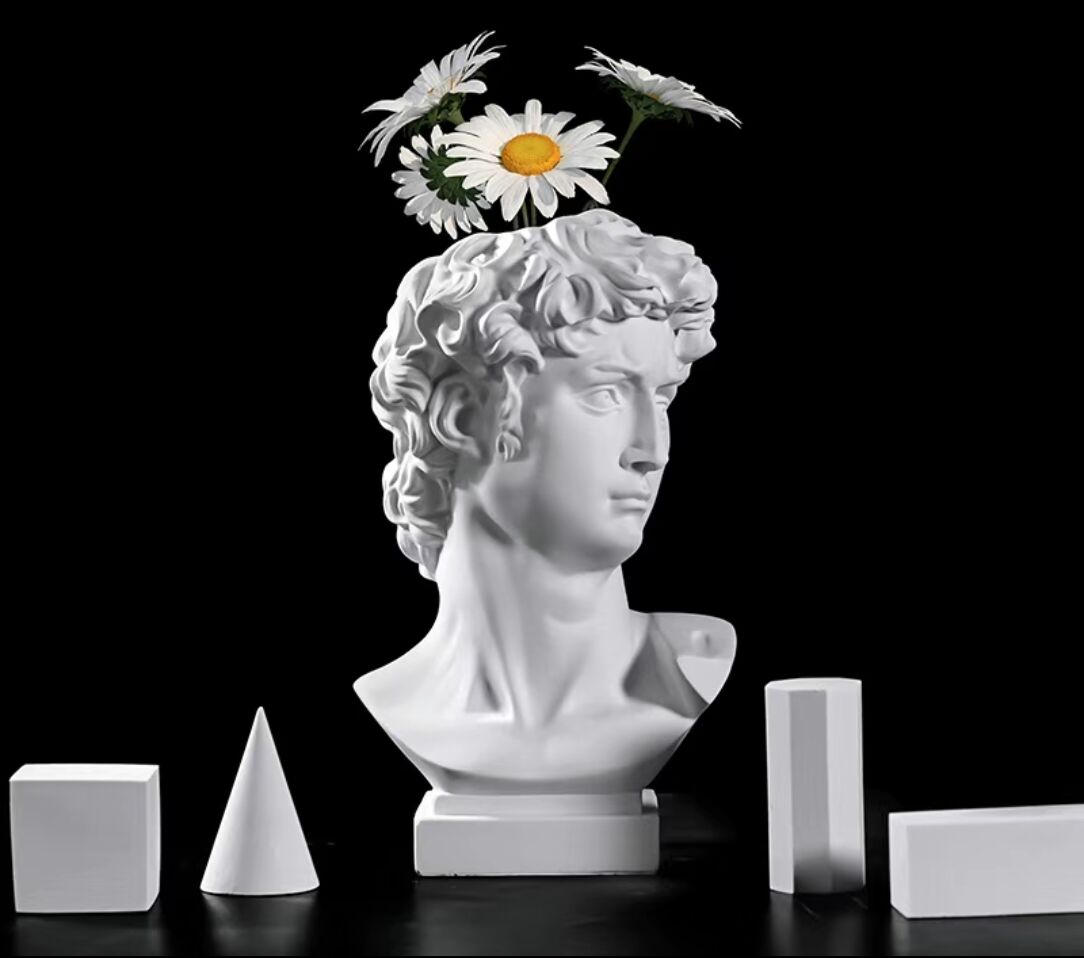art sculpture
Art sculpture represents a transformative medium in contemporary artistic expression, combining traditional craftsmanship with modern aesthetic sensibilities. These three-dimensional masterpieces serve as powerful vehicles for conveying complex emotions, cultural narratives, and abstract concepts through carefully manipulated forms and materials. Modern art sculptures incorporate various materials, from classic bronze and marble to innovative materials like recycled metals, polymers, and digital elements, enabling artists to push creative boundaries while maintaining structural integrity. These pieces function not only as standalone artistic statements but also as integral elements of architectural spaces, public venues, and private collections. The technological integration in contemporary sculpture includes LED lighting systems, motion sensors, and interactive elements that respond to viewer presence, creating dynamic viewing experiences. These sculptures often serve multiple purposes, from purely aesthetic decoration to functional art pieces that can be incorporated into practical design solutions. Advanced manufacturing techniques, including 3D printing and CNC machining, have revolutionized the precision and complexity possible in sculptural works, while maintaining the essential human touch that gives each piece its unique character.











